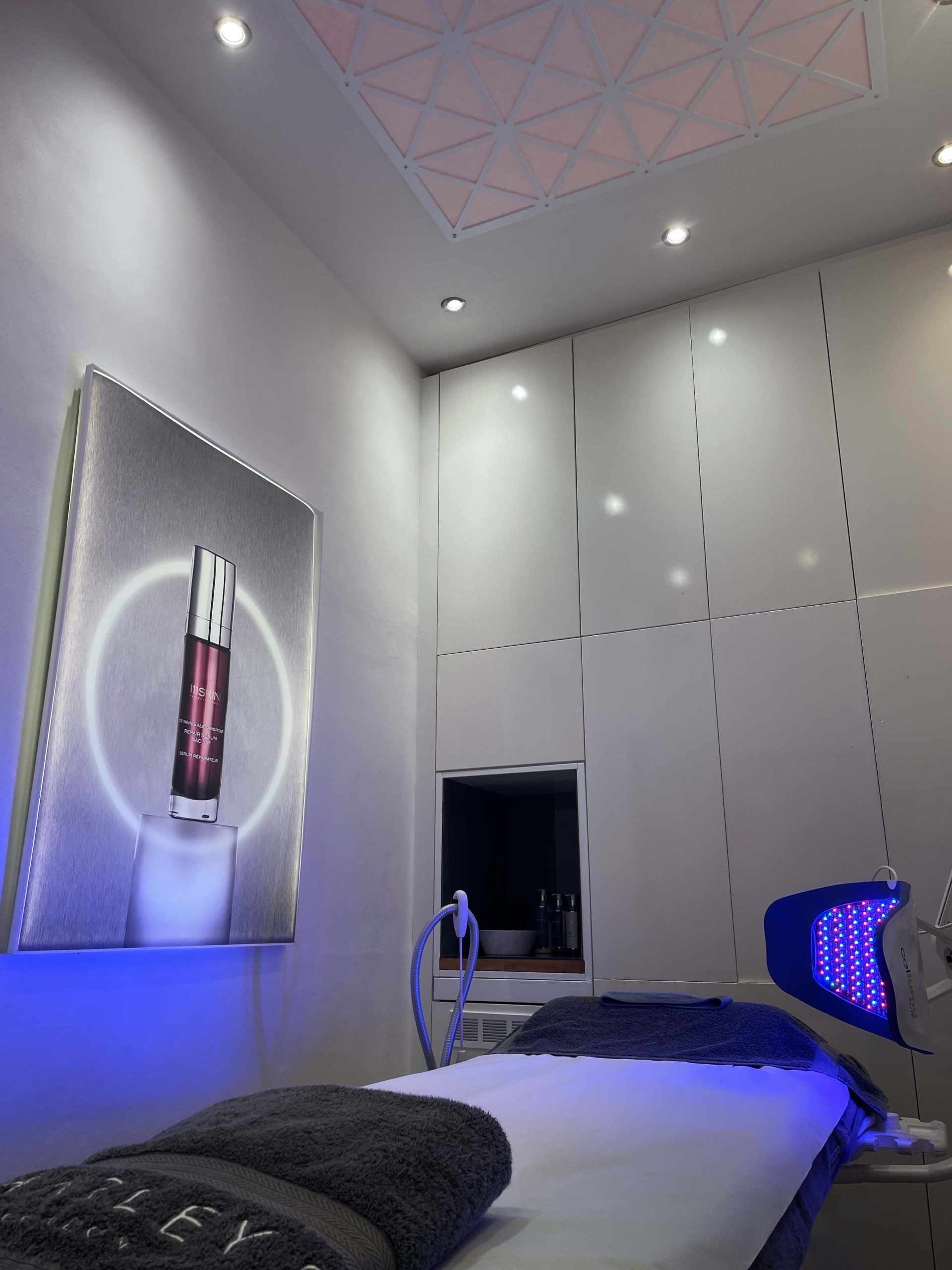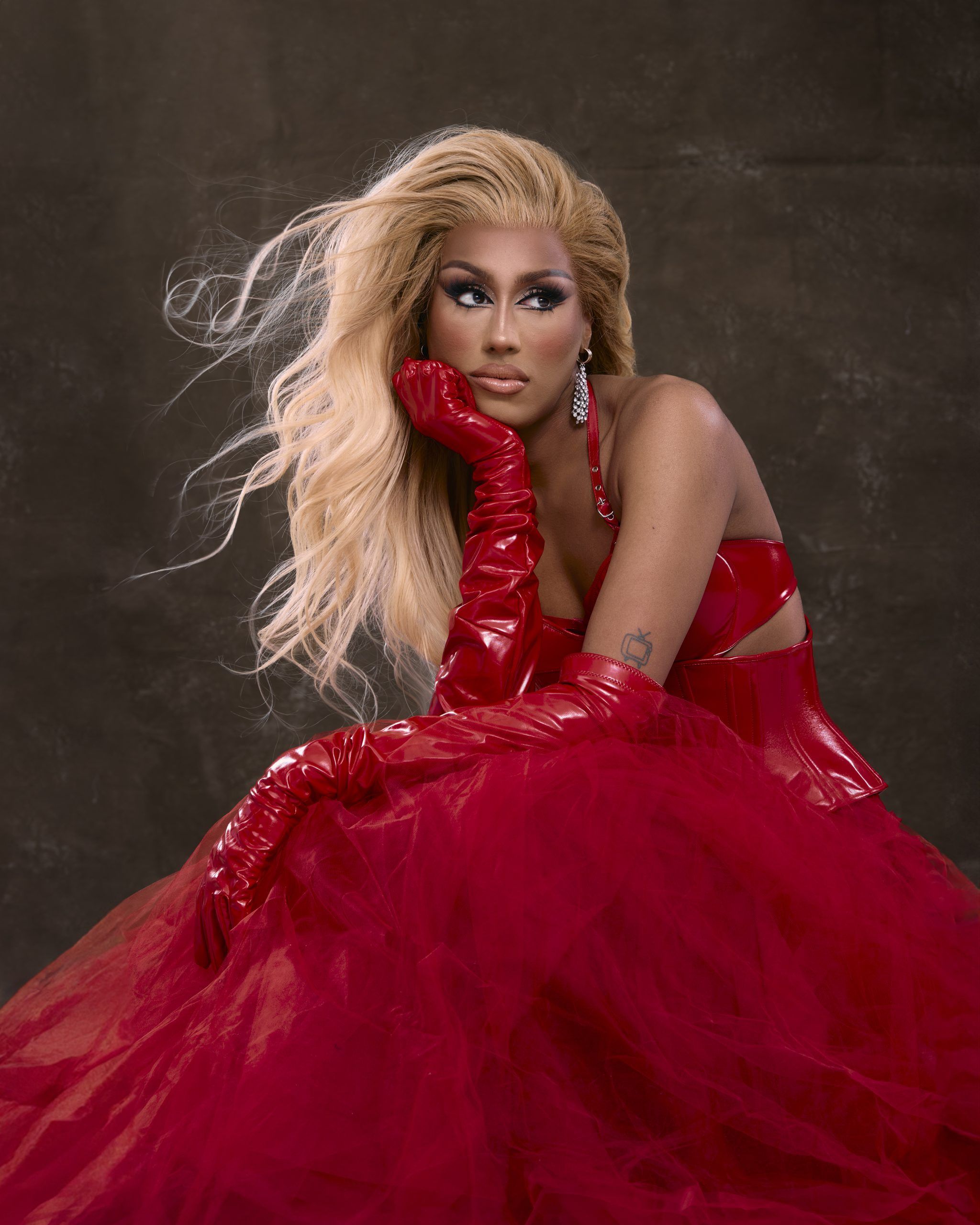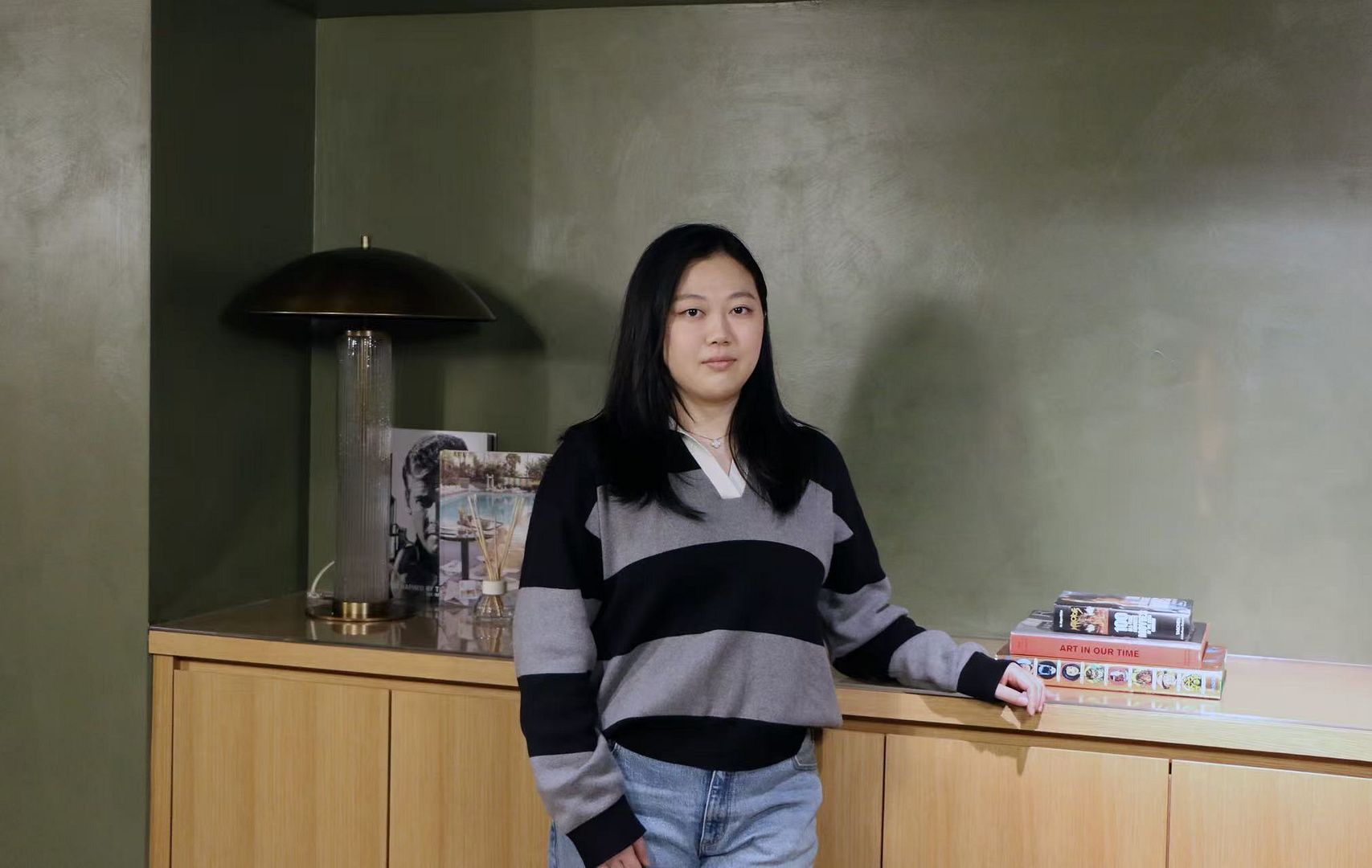
Ying Jiang’s work lives somewhere between the imagined and the real—where quiet piles of emotion take shape, and enchanted forests cradle the beginning of life. A New York–based illustrator and motion designer with roots in China, she brings a distinctly tender lens to the worlds she builds, whether for herself or for the global brands she’s worked with.
Fresh off her Indigo Award wins for Whispers of the Enchanted Grove and The Unspoken Pile, I caught up with Ying to talk about visual storytelling, creative identity, what fantasy still means to her, and how even client work can carry something personal if you know where to look.
Congratulations on winning two Indigo Awards for Whispers of the Enchanted Grove and The Unspoken Pile! What do these awards mean to you personally and professionally?
These awards feel like a meaningful recognition of my artistic journey. Both pieces reflect my mindset and voice as an artist and designer. Being recognized by Indigo affirms that my work resonates within the creative industry—and more importantly, that my expressions are being seen and heard.
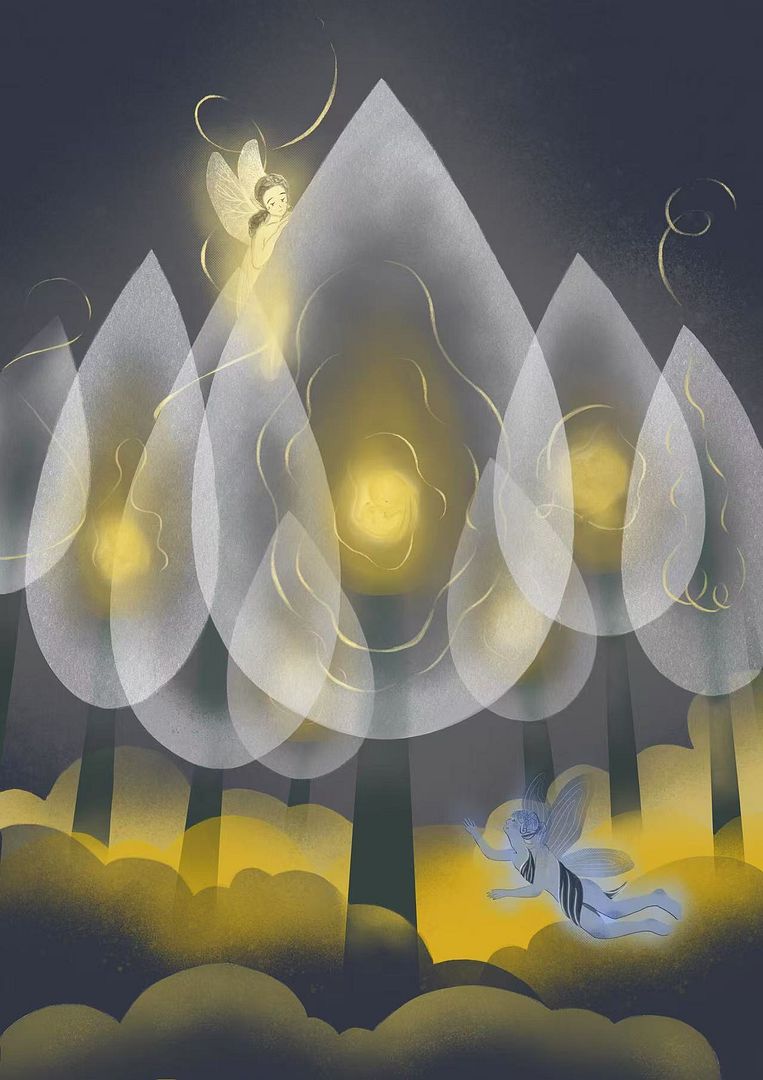
Whispers of the Enchanted Grove by Ying Jiang
Whispers of the Enchanted Grove is rich in poetic atmosphere and layered symbolism. What inspired you in creating this piece?
I’ve loved fantasy since childhood and often reflect on the cycle of life. I imagine every life as emerging from a magical forest—each embryo connected to the tree by an umbilical cord. It’s my way of expressing how we all come from nature and eventually return to it.
The Unspoken Pile feels more intimate and grounded in everyday experience. What message were you hoping to convey through it?
It’s rooted in my daily life but expresses deeper emotions—stress, overwhelm, the chaos of urban living. The “unspoken piles” are metaphors for the emotional buildup we often ignore. Through them, I externalize what I was feeling at that moment.
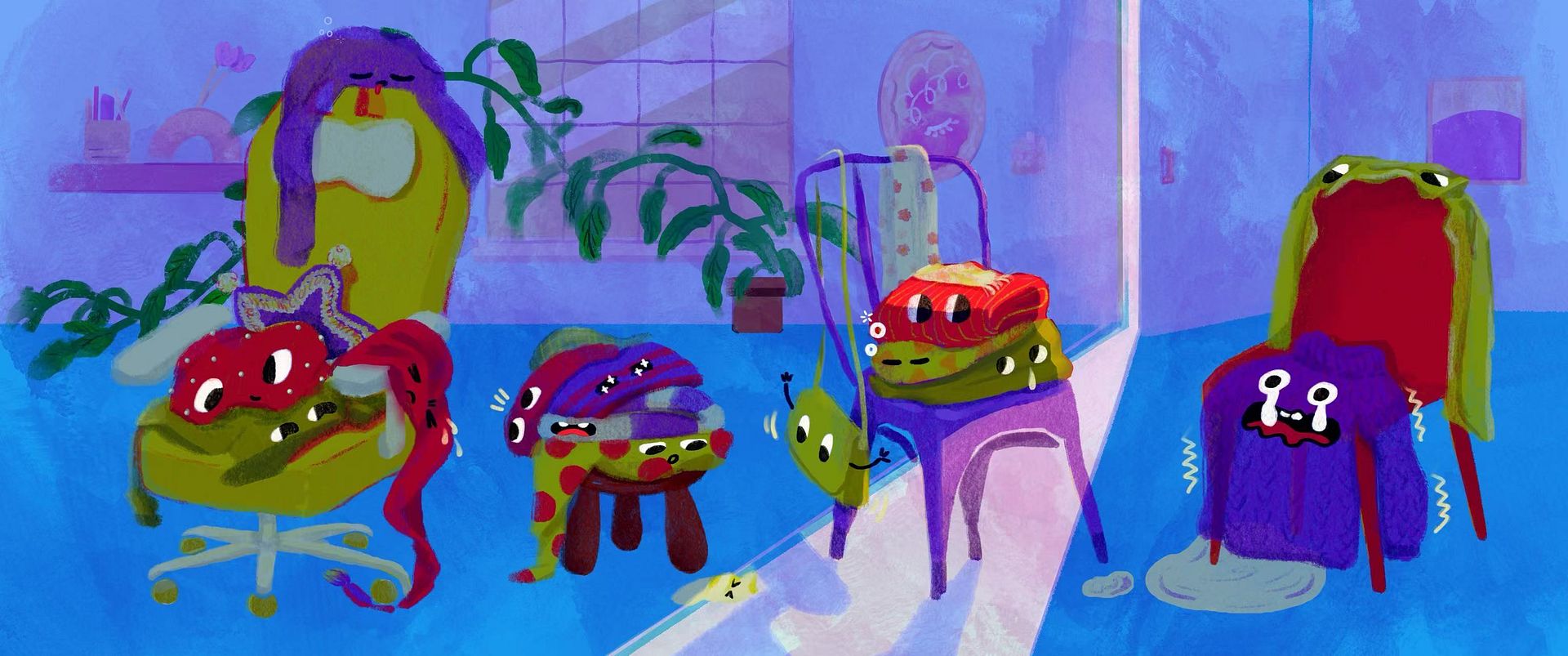
The Unspoken Pile by Ying Jiang
How would you describe your personal visual language, and how has it evolved across your work in both illustration and motion design?
My work is deeply inspired by everyday life. I like to absorb small moments and transform them into imaginative visuals. My style is bold and vivid, and I strive to create emotional connections through storytelling—whether static or in motion.
You’ve worked on motion design projects for global brands like Hyundai, Nespresso, AB InBev, and Kering. How do you shift your creative mindset when designing for different industries—such as luxury, fashion, or food and beverage?
Every brand has its own identity, so I always start by learning who they are. For instance, auto brands usually prefer precision and a sleek, high-tech feel, while food brands tend to favor warmth and vibrancy. Understanding a brand’s goals helps me tailor creative solutions that feel authentic to them.
What does your typical process look like when creating motion graphics for commercial clients—from concept to final delivery?
I follow a structured process: understand the brand guidelines → communicate with the client to clarify their needs → brainstorm and strategize → present concepts → produce and deliver the final product. Clear communication and alignment are key at every stage.
With such extensive commercial experience, how do you balance client objectives with your own creative vision? Is there still room for personal expression within client-driven work?
It might seem like there’s little room for personal expression, but I always find space to contribute creatively. The core is understanding the client’s perspective and offering thoughtful solutions. Even if the visual style isn’t distinctly mine, the creative thinking behind it is—and that’s where I leave my mark.
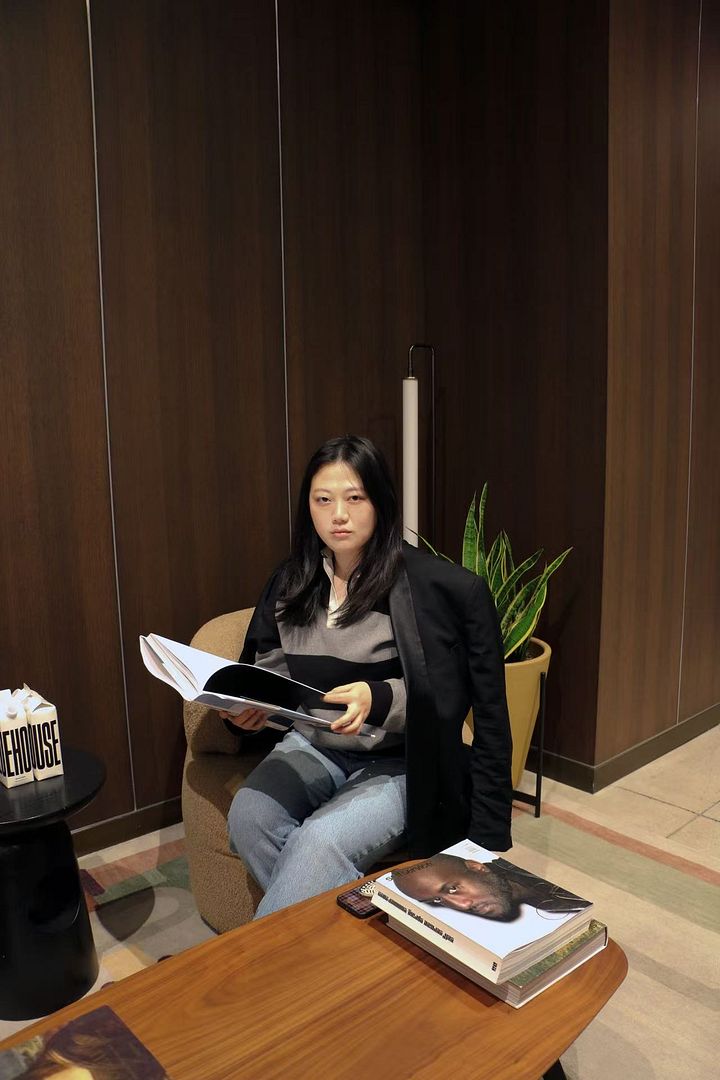
Your education spans both China and the U.S., from media research to design and technology. How have these cross-disciplinary and cross-cultural experiences shaped your approach to visual storytelling?
My background in media research focused on data analysis and visualization, which gave me a solid foundation. Shifting to design and technology allowed me to explore storytelling more visually. This combination made me a more strategic designer—I focus not just on aesthetics, but on how each design impacts the audience and meets client goals.
How has living and working in New York influenced your design?
New York’s diversity and energy are deeply inspiring. At Parsons, I learned that design isn’t limited by rules—it’s driven by ideas. To create something exceptional, sometimes you need to break conventions and think the “New York way”: bold, fearless, and concept-driven.
What advice would you give to emerging designers?
Rather than give advice, I’ll share what’s helped me: stay curious. See more, experience more—it fuels creativity and brings freshness to your work. Discover your own sources of inspiration and develop your unique voice. That’s what makes design meaningful.
Interviewed by Mae Yu


